Narendra Modi looked on course for a major victory in the world’s biggest election
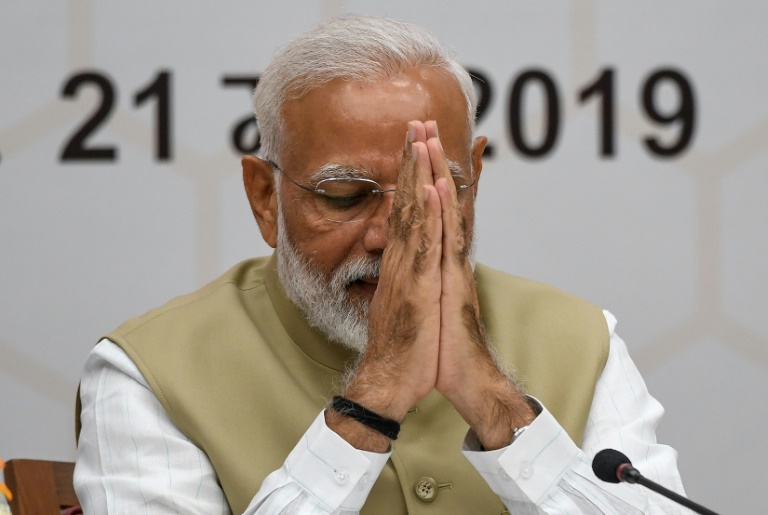
After two and a half hours of counting, figures from the Election Commission showed Modi’s Bharatiya Janata Party (BJP) in the lead in 283 seats out of 542 with the rival Congress on just 51.
If confirmed — no actual results have been published yet — this would push the Hindu nationalist BJP over the 272 seats needed for a majority on its own, and beat its tally of 282 when Modi swept to power in the world’s biggest democracy in 2014 with the first majority in 30 years.
The result would give the BJP and its allies, which early trends suggested would win close to 50 seats, a commanding majority of around 330 seats.
Having risen strongly since exit polls on Sunday had pointed to a Modi victory, Indian stock markets on Thursday hit record new highs shortly after opening, with the Sensex and the Nifty indices both up more than two percent.
After an exercise not short of staggering statistics, the 600 million votes cast in purportedly the world’s most expensive democratic exercise — costing more than $7 billion, experts say — were set to be counted in just one day.
Rahul Gandhi of the Congress party, hoping to become the fourth member of the Gandhi-Nehru dynasty to lead India, had on Wednesday dismissed the exit polls.
“Don’t get disappointed by the propaganda of fake exit polls,” Gandhi, 48, told the party faithful on Twitter.
Early trends also suggested that Gandhi was in a tight race in his constituency of Amethi in Uttar Pradesh state, a seat held by his family for generations.
Indian exit polls are notoriously unreliable. In 2004 they pointed to a BJP victory but the results told a different story, bringing a Congress-led government to power.
Results in several regions such as Uttar Pradesh, India’s most populous state which formed the core of Modi’s support in 2014, and West Bengal in the east, will be key.
– Insults and fake news –
The vast size of India stretching from the Himalayas to the Tropics, taking in polluted megacities, deserts and jungles, meant the election stretched over six weeks.
The campaign was awash with insults — Modi was likened to Hitler and a “gutter insect” — as well as fake news disseminated on social media in Facebook and WhatsApp’s biggest markets.
Gandhi, 48, tried several lines of attack against Modi, in particular over alleged corruption in a French defence deal and over the desperate plight of farmers and the lacklustre economy.
Unemployment is reported to be at a four-decade high with Asia’s third-biggest economy growing too slowly to create jobs for the million Indians entering the labour market every month.
Modi’s shock cash ban in 2016 — not even his cabinet were informed before his televised address to the nation — disrupted livelihoods. Foreign investment has however increased.
Modi, a former cadre in the militaristic hardline Hindu group Rashtriya Swayamsevak Sangh (RSS) and chief minister of Gujurat in 2002 when riots killed more than 1,000 people, most of them Muslims, is also seen as divisive.
Lynchings of Muslims and low-caste Dalits for eating beef and slaughtering and trading in cattle have risen, adding to anxiousness among the 170-million-strong Muslim population, the world’s second biggest.
Under Modi several cities with names rooted in India’s Islamic Mughul past have been re-named, while some school textbooks have been changed to downplay Muslims’ contributions to India.
Vinod Bansal, a spokesman for the Hindu nationalist Vishwa Hindu Parishad (VHP), told AFP he wants a “complete ban” on the slaughter of cows, sacred to most Hindus.
“If Modi again comes to power we are doomed,” Hassan Khalid Azmi, a retired chemistry professor in the northern city of Azamgarh, told AFP earlier this month.
– ’56-inch chest’ –
But Modi, 68, managed deftly to turn the election into a referendum on his rule while depicting himself, often in the third person, as the only one able to defend India.
In this he was given a major boost when a suicide bombing, claimed by a Pakistan-based militant group, killed 40 Indian paratroopers in Indian-administered Kashmir on February 14.
Doubts abound about the efficacy of India’s subsequent air strikes on Pakistan, but the action enabled Modi to style himself the “chowkidar” (“watchman”) with the supposed 56-inch (142-centimetre) chest.
“Wherever the terror groups and perpetrators may hide, our security forces will flush them out and punish them,” he thundered. “Every drop of blood of our slain soldiers shall be avenged.”






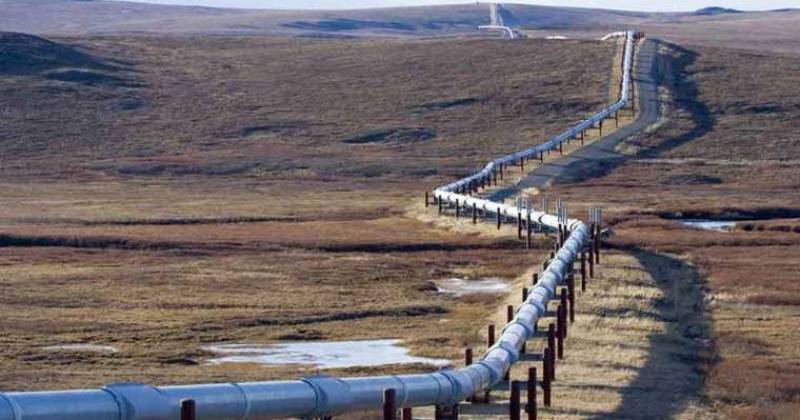
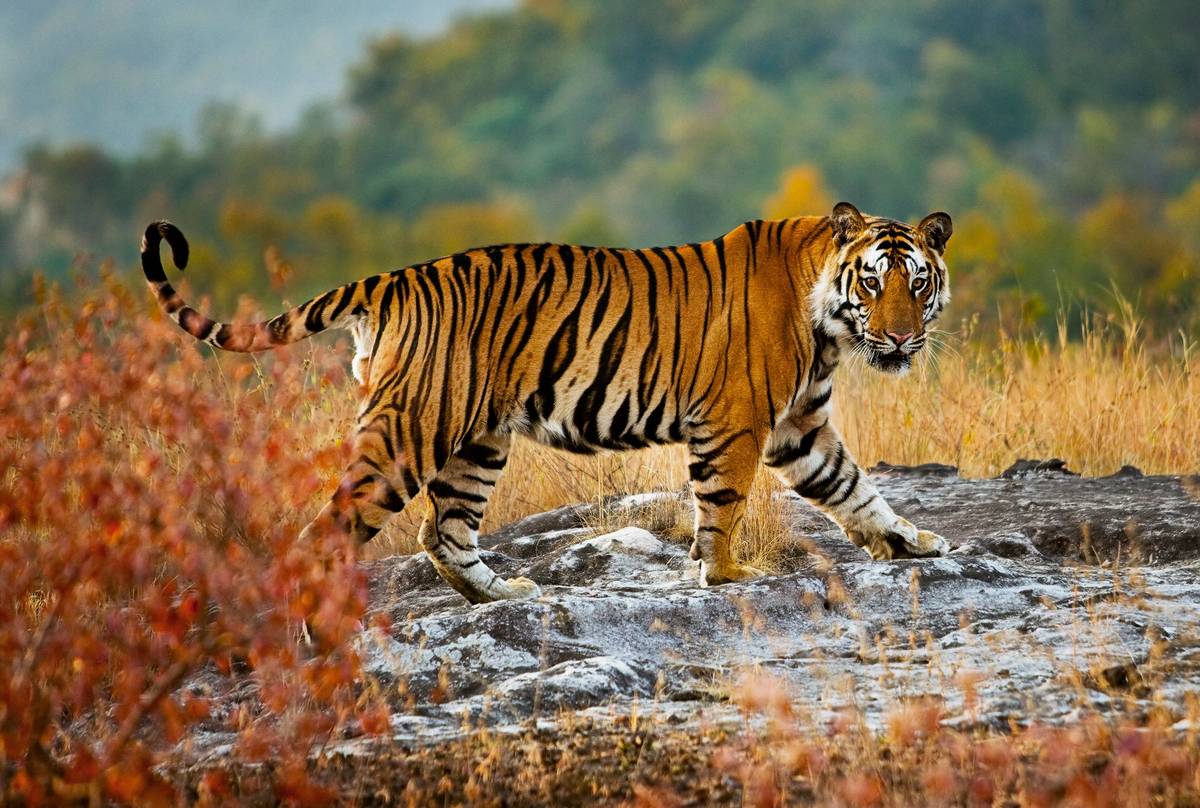
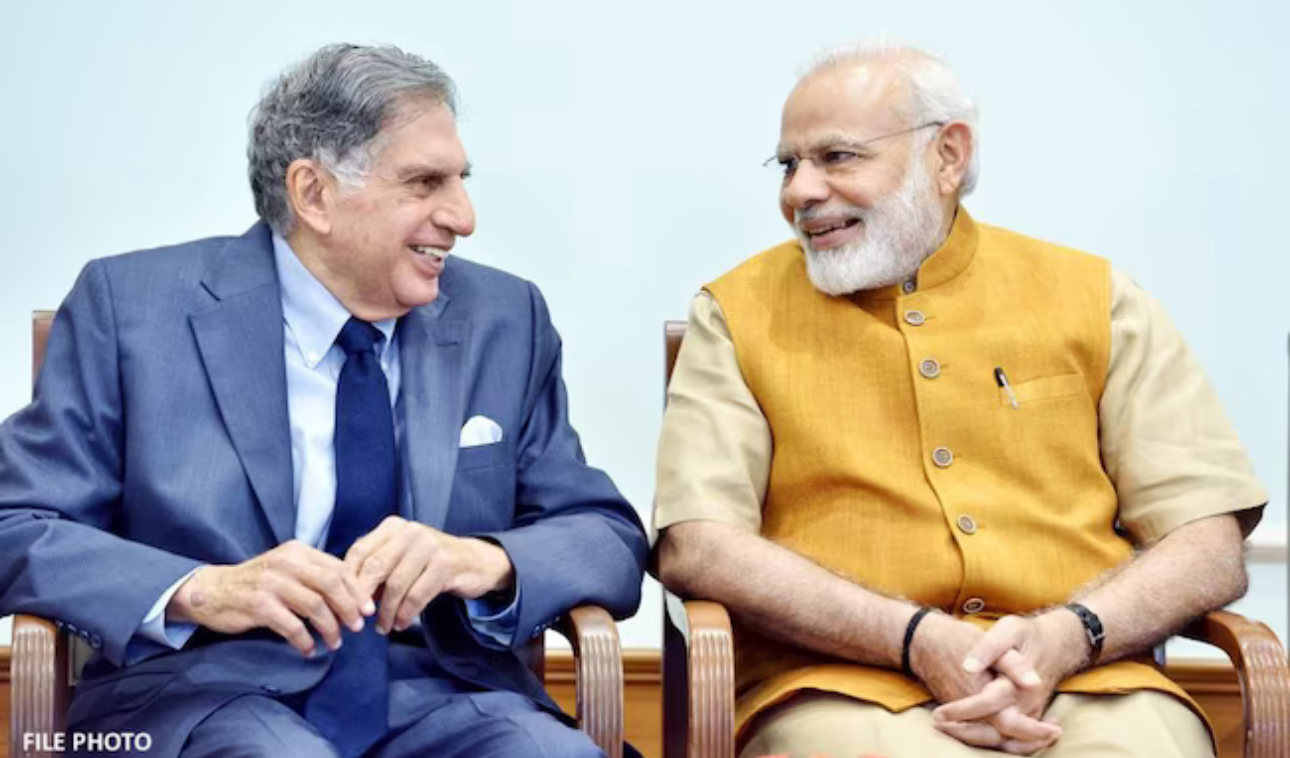
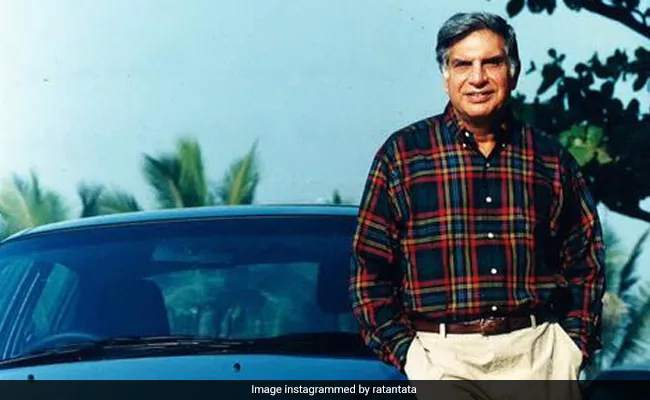

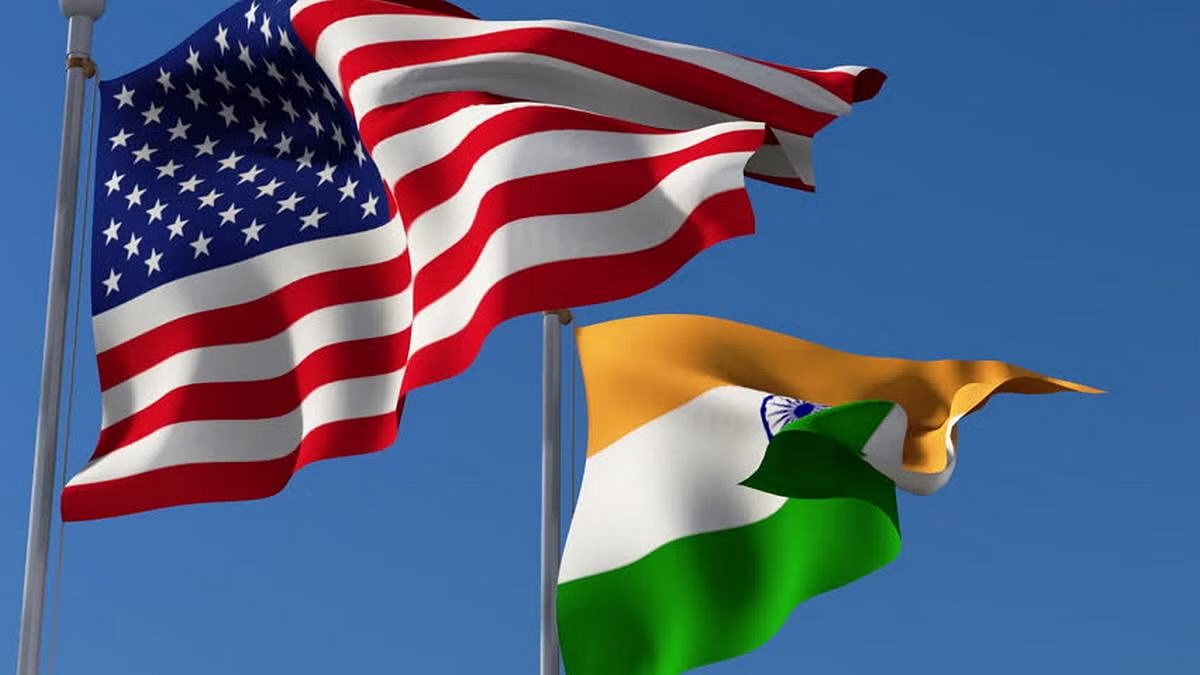







Facebook Comments